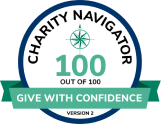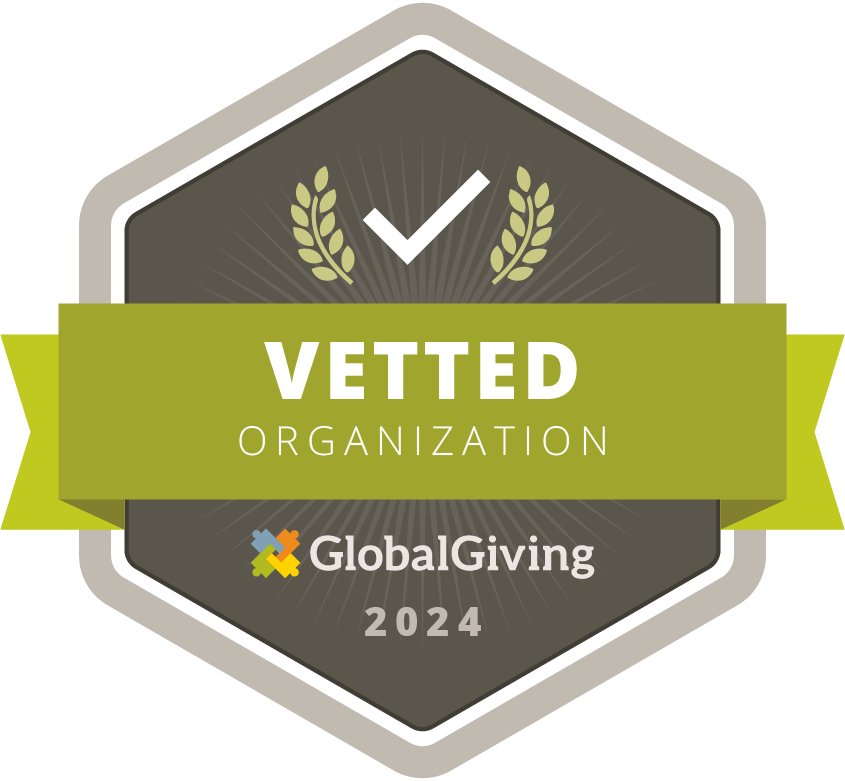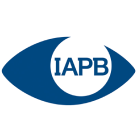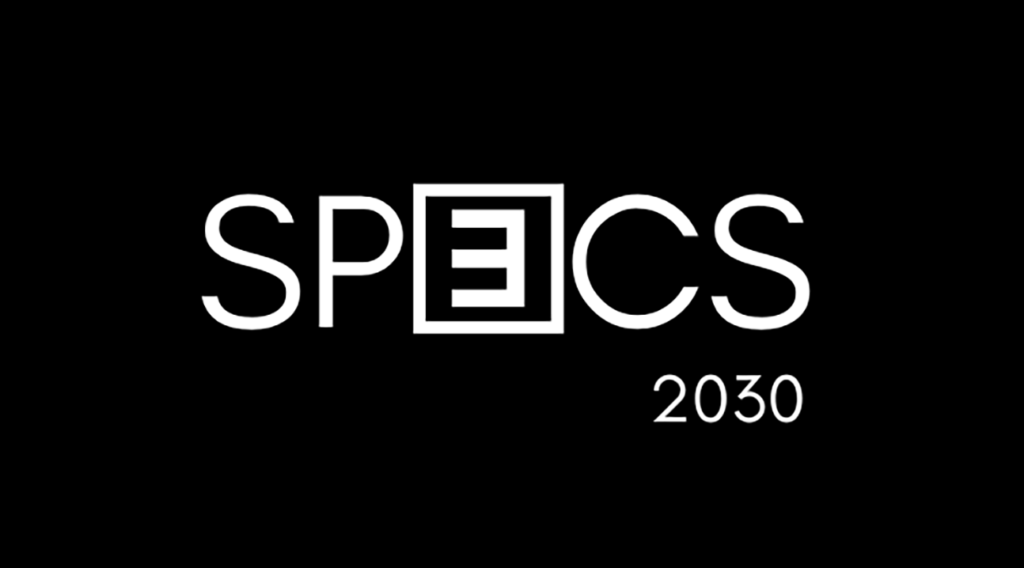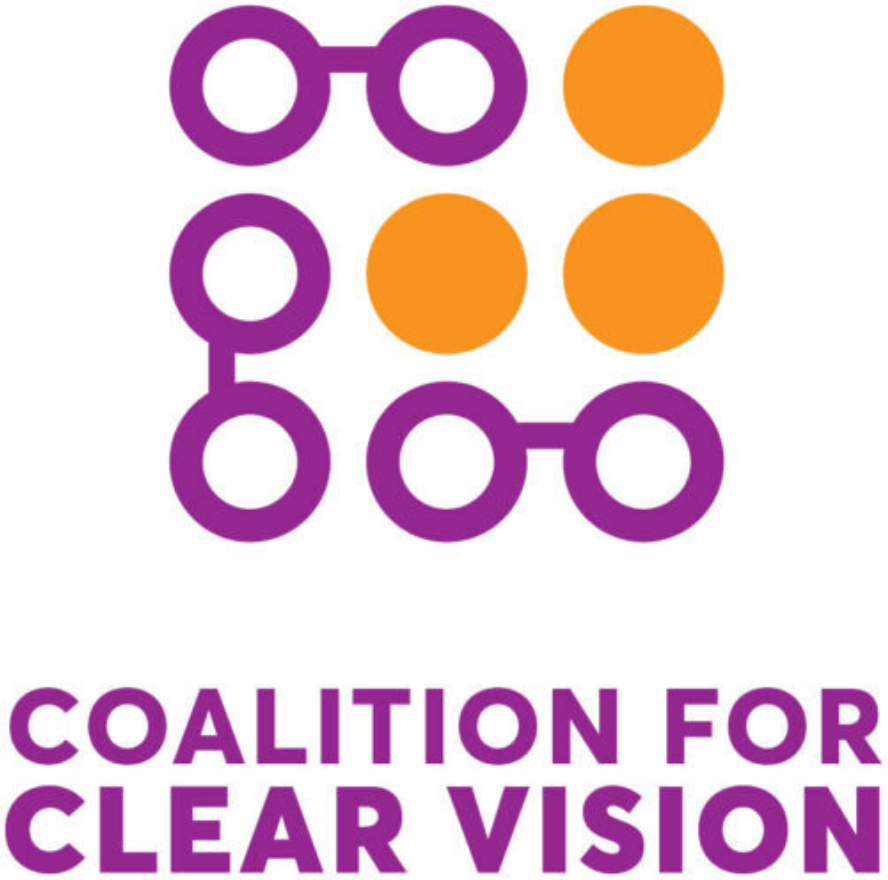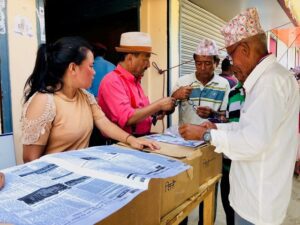 RestoringVision’s mission to empower lives by restoring vision for millions of people in need requires an all-hands-on-deck approach to solving the global vision crisis. From the moment a pair of eyeglasses begins the journey of making its way to the most remote parts of the world from our distribution center in Lockbourne, Ohio or our manufacturer in China and onto the faces of people who need them most, each step is completed by individuals dedicated to helping others to see clearly.
RestoringVision’s mission to empower lives by restoring vision for millions of people in need requires an all-hands-on-deck approach to solving the global vision crisis. From the moment a pair of eyeglasses begins the journey of making its way to the most remote parts of the world from our distribution center in Lockbourne, Ohio or our manufacturer in China and onto the faces of people who need them most, each step is completed by individuals dedicated to helping others to see clearly.
In Part I of this blog series, we spoke to Shaun Starkey, RestoringVision’s Operations Manager at our distribution center in Ohio, about the ways our team ensures shipments of 3.5 million eyeglasses make it to their various global destinations each year. And after that – what happens next?
Once a shipment of glasses arrives to a country and clear customs, it must make it through the challenges of what is called The Final Mile. The Final Mile is the last step in the transportation of the eyeglasses to the final destination. This journey often requires people to overcome the obstacles of transporting across rugged terrains, climate challenges, river crossings, and other challenges that occur when serving people living in the most remote areas of the world.
In any given year, RestoringVision implements its programs in over 100 countries that all have their own unique challenges when it comes to executing the logistics of the final mile. In Panama and Papua New Guinea, for example, transportation to the final mile to remote villages or islands requires the use of a boat. In Uganda and other parts of Africa, it requires the use of motorbikes. In other countries like Nepal and India, the terrain and weather add complexities that must be carefully navigated.
Narayan Shrestha, Founder and President of Helping Hands Health Education (HHHE) which operates in Nepal, knows firsthand about the challenges of reaching the most remote communities in a country with a range of mountainous and rural landscapes coupled with heavy rain. “From mid-June through September in Nepal, roads and mountains have experienced landslides, flooding, and the landscape can be destroyed – making it hard to travel at all,” Narayan said. “But we are constantly working towards identifying better ways of reaching people in need.”
By the end of 2022, RestoringVision and HHHE will reach 100,000 people with the vision screenings and eyeglasses they need throughout Nepal. This will require navigating rugged terrain, steep hills at every turn, multiple river crossings, and dirt roads with the help of volunteers and transport via bus or private car. Navigating the climate of Nepal also requires careful planning to avoid annual landslides caused by intense rainfall.
Improving access to eyeglasses and alleviating the challenges of the final mile can sometimes mean building permanent access channels and sustainable programs with the support of local governments and municipalities. “To reach remote villages and elderly people in a consistent way – our goal is to partner with local governments and municipalities. The idea is that each district will have a station and we will work with the government and volunteers to distribute the eyeglasses to programs throughout Nepal,” Narayan said.
The joy of bringing the gift of sight to people in need of eyeglasses makes every step of the journey – and the challenges of the final mile – all the more worth it.
“Before receiving a pair of eyeglasses, the people we have served in Nepal could not see or read for years and years. When they wore their new pair of eyeglasses, they would start dancing and smiling. That makes life so beautiful – we can make a difference together. We must not stop. We must continue,” Narayan said.
For more information on how you can become a RestoringVision partner, click here.

